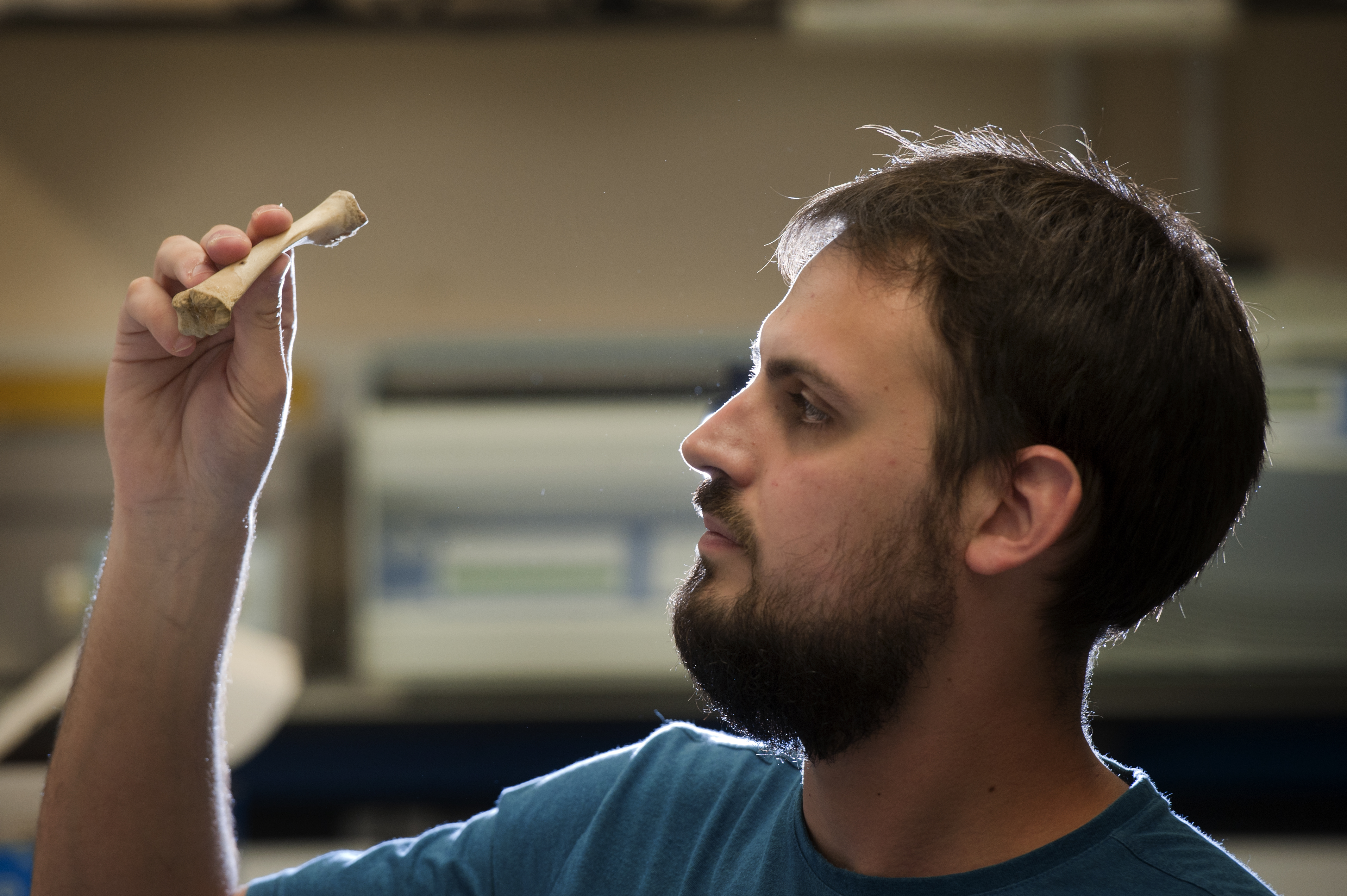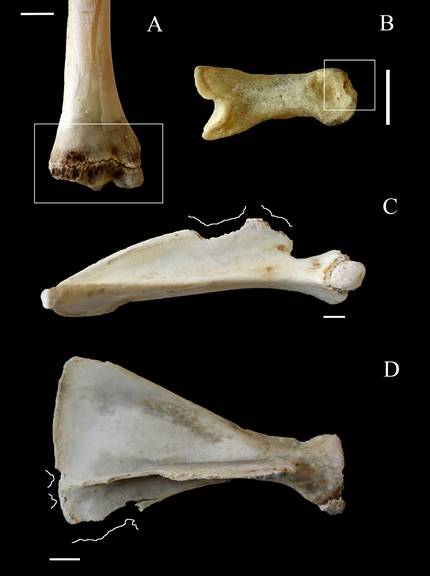A UPV-EHU study lays the foundation for differentiating bones from deposits from those consumed by humans
2016/08/02 Elhuyar Zientzia Iturria: Elhuyar aldizkaria

Antonio J of the Department of Geography, Prehistory and Archaeology of the UPV. An experimental study, led by Romero, has shown that human bites in bones have differential characteristics, which allow them to be differentiated from bites made by other animals and that the presence of precooked meat influences the appearance of these marks. Research Journal of Archaeological Science: Delivered in Reports magazine.
It is known that Palaeolithic humans lived hunting and collecting food, but the bones found in the deposits are not always food remains of those who lived there. For example, carnivorous animals that before or after could use the same cave. Well, one way to know if the animal bones found in the deposits have been consumed by humans is to analyze the marks that humans cause in the bones today when eating meat. This is what they have done in the investigation that Romero has conducted. Ten volunteers have analyzed ninety lamb bones – phalanges, radii and scapules – that have only consumed with their hands and teeth. To control variables related to previous food treatment, one third of meat samples were eaten raw, another third roasted and another third cooked.
More than half of the bones observed signs of human bite, both by dental marks and by fractures caused by chewing. And they have seen that these brands have characteristics (size and morphology) that allow them to differentiate them from the cooling caused by other animals. On the other hand, the precooked meat influences the appearance of brands, as Romero explains: "Dental marks appear more in burned or cooked samples and damage and oppressions at ends and edges are more common in raw bones."
"There are similar works that analyze in depth the effects of animals on bones during feeding, but they do not analyze the marks that we leave humans," explains Romero. According to the researcher, this work is an important step in knowing what kind of rams the hominids ate and how they ate. “This way we can know better how human beings were of old and what was the origin of our modern behavior, of our way of treating food (cooking or not) and of our way of feeding ourselves,” he said.





